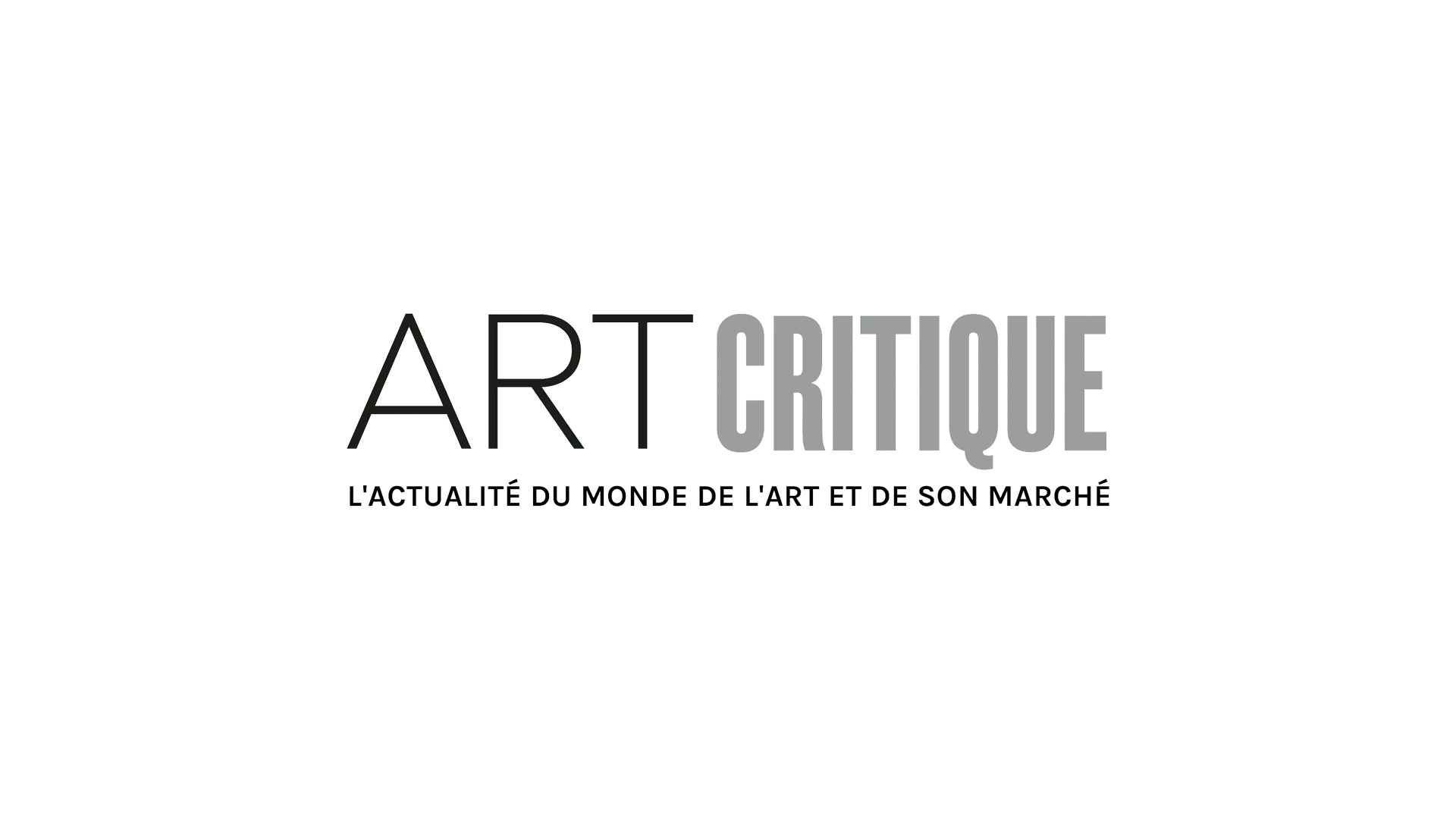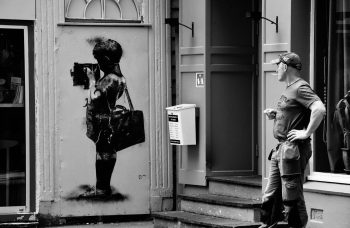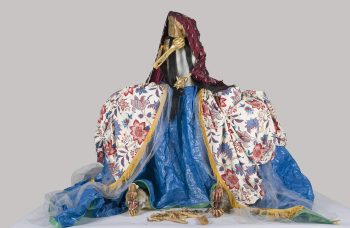Desert X this year hasn’t gone off without a hitch, but it is a biennale featuring artworks mostly outside in a desert. There is plenty of potential for issues at any fair or exhibition but the elements of California’s Coachella Valley, and the simple element of space – there can be miles between artworks – adds a difficult layer. In February, Jenny Holzer made the decision to call off her light installation called BEFORE I BECAME AFRAID. Her decision, made in junction with Desert X coordinators and the Wildlands Conservancy, was necessary to help safeguard local bighorn sheep who were heavily affected by a particularly bad strain of pneumonia. Now, a 2009 installation by Eric N. Mack titled Halter has vanished.
Mack’s artwork centred around an abandoned gas station near Salton Sea. Halter was made up of a ‘collage’ of textiles given to the artist by the Missoni fashion line draped over the unused building. On March 13th, Mack took to Instagram to express his thoughts and feelings saying:
‘I am overwhelmed by the news that my work “Halter” was vandalized, burned, and stolen from its Desert X site yesterday. As I process the loss of this artwork that I and many others worked tirelessly to realize, I am only pacified by knowing that many visitors experienced and appreciated it as it was. While the violence and hate enacted on this installation is astounding, I will not allow for this disregard to become a gesture that obstructs nor defines this work of art.’

Desert X officials have not confirmed what, exactly, happened to the installation but there was some evidence suggesting the work was cut apart and burned. At the moment, nothing has been ruled out it seems. Neville Wakefield, artistic director of Desert X told ARTnews ‘We have no clue at this point as to the motivation, why, and who it might have been.’ He also acknowledged that desert’s harsh elements could’ve wreaked havoc on the artwork saying: ‘The desert does reclaim works in many ways. Eric’s was an amazing piece but very fragile and susceptible to weather conditions. It was a dissertation on wind and fragility. It was always vulnerable.’
One can really only hope that Halter did fall victim to the elements and that this wasn’t an attack on the artwork, particularly one that felt calm against the desert landscape. ‘Halter offers its visitors a respite or site for gentle reflection that can be explored by moving between and among the folds of undulating, colorful, and lush fabrics,’ reads the description of the artwork reinforcing its nature and purpose. ‘It is at once evocative of an unfastened garment, vacant tent, or open umbrella, all fluid and shifting references that the artist has assembled as a physical embodiment of real and imagined desert wanderers.’
‘A lot of people got to enjoy it,’ said Wakefield of Halter. ‘It’s been a hugely popular piece, and it survived elements. We’re all terribly sad that it’s gone in this manner, but rather than pointing fingers at causes that we don’t know, I would be inclined to celebrate its existence.’
As of now, there are no plans to reconstruct the installation.





